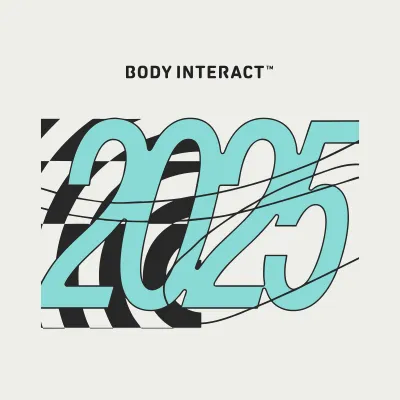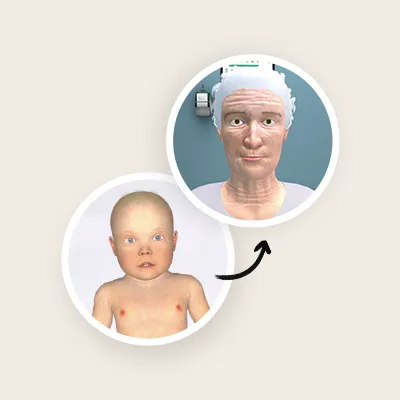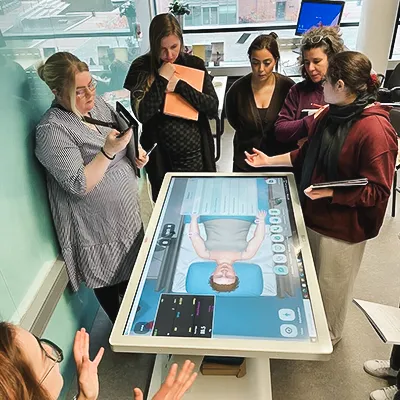The introduction of healthcare simulation has produced significant improvements in nursing education. The technological evolution is constantly opening spaces to new opportunities throughout the implementation of new pedagogical methodologies.
COVID-19 pandemic has accentuated the need of institutions to invest in clinical virtual simulation.

- Complementary method to students clinical practice
- Connect with other simulators focused on the training of procedures
- Guarantee that students keep their practice on going, even if rotations are suspended
- Ensure patient and student safety by enabling treating virtual patients with highly contagious infections and critical conditions

- Use of virtual patients as a substitute to the hospital rotations that have been suspended
- Motivational strategy for pre-clinical and clinical students
- Knowledge assessment tool
- Integration of theoretical knowledge in practical situations
- Assign virtual patient scenarios to students while educators were in the frontline to fight COVID-19 pandemic
Nursing educators were forced to play the role of a learning facilitator rather than a simple “lecturer”. They saw themselves surrounded by a new challenge: finding a way to keep students engaged with the new way of attending classes, motivated to keep learning and focused on their train even with virtual patients.

How can we measure the impact of Clinical Virtual Simulation in education?
Professor Miguel Padilha from Escola Superior de Enfermagem do Porto has been working with Body Interact since 2016. As a researcher, he studied how Clinical Virtual Simulation enhances knowledge retention, how it complements the pre graduate educational programs and how registered nurses can use it as a lifelong learning strategy.
In 2019, Prof Padilha has shown that Body Interact increases knowledge retention by 20.4% when compared to traditional methodologies. The researcher found that “the introduction of clinical virtual simulation in nursing education has the potential to improve knowledge retention and clinical reasoning in an initial stage and over time, and it increases the satisfaction with the learning experience among nursing students”.
With respect to the use of Body Interact simulator as a lifelong learning strategy, this year, Prof Padilha research study has shown that 91.4% of the inquired emergency nurses perceived the usefulness of Clinical Virtual Simulation and 88.5% declared their intention to use it as an important complementary strategy.

Is Clinical Virtual Simulation enabling lifelong learning?
Nursing students, educators and professionals are under constant pressure to deal with the rapid development of knowledge, the continual updating of practice guidelines, and the introduction of new technological solutions in health care systems. In this fast developing world, continual changes open up new horizons to the nursing profession and lead to new opportunities to enhance knowledge and skills.
Lifelong learning in nursing is one of the main strategies to enhance quality and safety in nursing care.
As Prof Miguel Padilha has concluded in his most recent article that “Body Interact meets the needs and expectations of both generations of nurses”. “Technological innovation is appealing and desirable regardless of age, professional experience, and academic level”, he mentions.
If you are looking for educational opportunities to guarantee your learners’ practice on going, take the chance to explore Body Interact virtual patient scenarios. Find here more detailed information.








